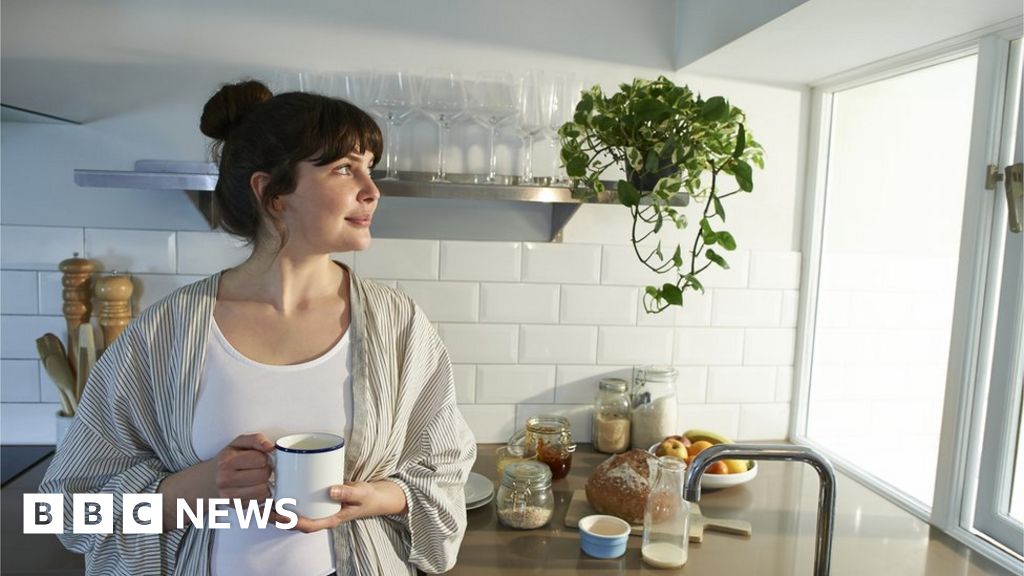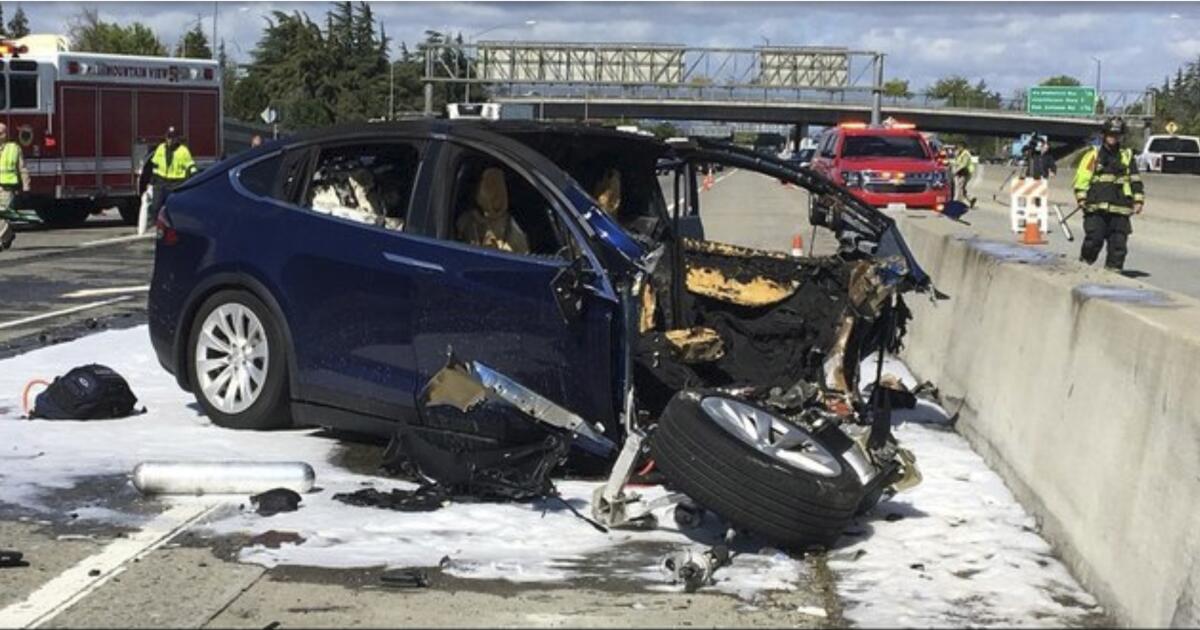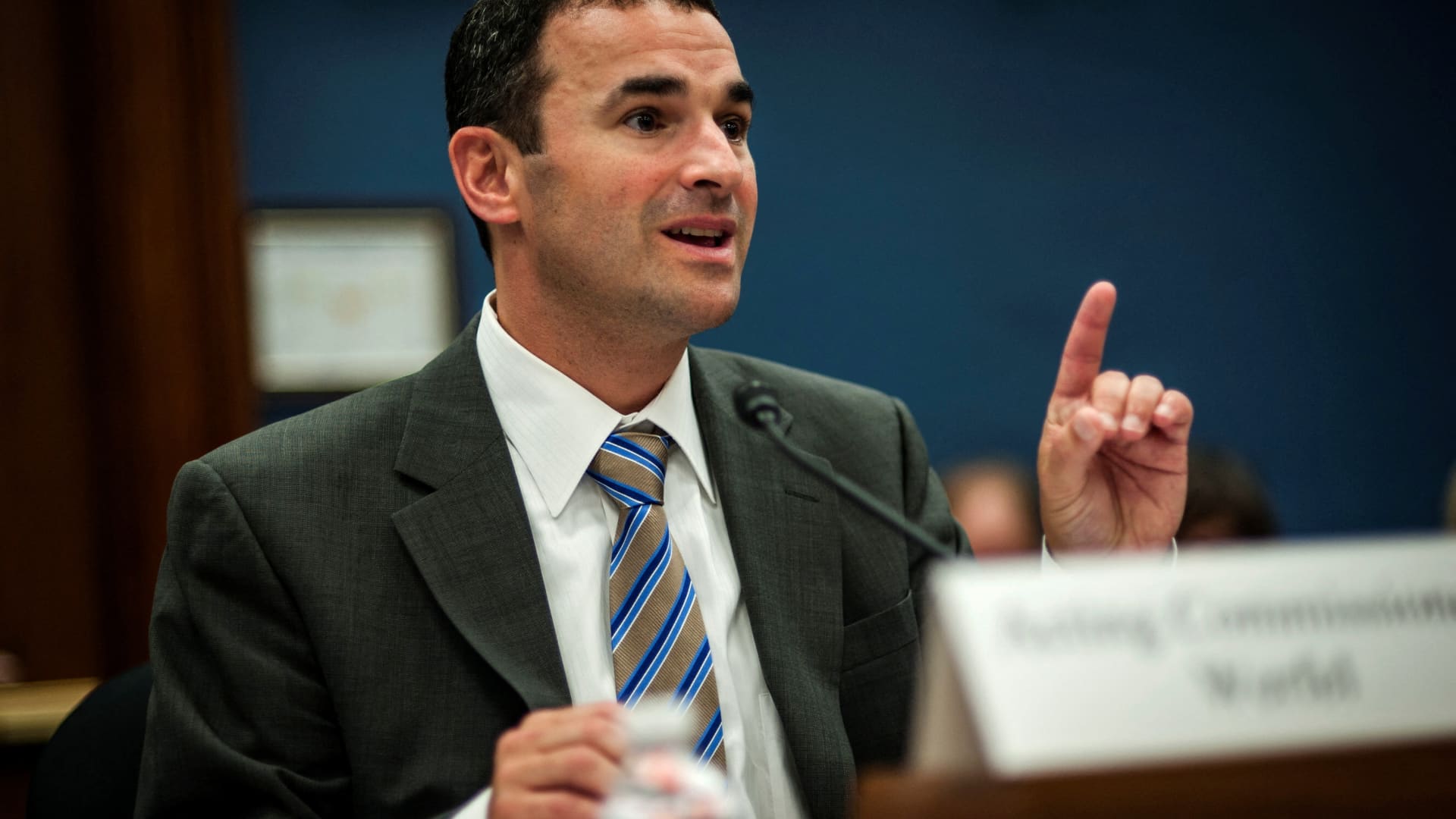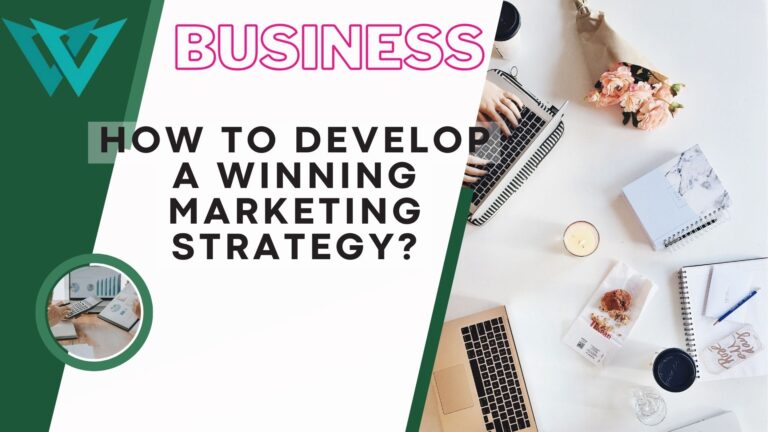The Coronavirus Has Destroyed Main Street — And Small Business Loans Won’t Save It
We are a small nonprofit and that has presented a number of issues. We have a small budget. Because the PPP loan goes through normal lending circles, there is a bias in favor of more established, higher-income businesses or nonprofits because banks see that as a better loaning partner. The smaller you are, the more they’re like, Oh, are they really going to pay us back? So you can be in business for 22 years like we have, but that’s not going to count for much to a banking officer looking at your cash flow and your asset base, which is not huge for us. We’re in business and we pay our bills, but we’re never going to look great on paper. In this moment, with so many nonprofits and small businesses really struggling, we’re the ones who really need some forgiveness about the smallness.
We applied in the last round and didn’t get it, so we applied again when they extended the deadline to Aug. 8. But I haven’t heard anything. So I called and they said, We are still reviewing your materials. And I think it’s because on paper, we’re not an easy call for them.
The other aspect is being a nonprofit. You get to a part in the application that asks, who is the owner. We don’t have an owner. I had to personally put my social security in and my name — which makes me uncomfortable — but I put down that I own 0%. The formulas they’re using are for businesses, not nonprofits. There needs to be a section that says, “If you’re a nonprofit, go to this section,” and there are different questions.
I know some other children’s museums have gotten PPP loans, and they are bigger than us. It sounds like if you find the right banking partner and are big enough, you’ll get one. But if you’re a smaller business or a nonprofit, some of these things are stacked against them.
We had nine full-time employee equivalents (FTEs) spread among 20 employees; some were part-timers. Now we have 1.1 FTE people still hanging on. I would have to hire seven people now to meet the requirements for how PPP forgiveness is structured. That is crazy, because that is not enough money for me to hire them for any length of time. I’d get the money, spend it on eight employees for a month and a half and then lay them off again. There are crazy restrictions for what you can do with the money. I wish there was a little more freedom on how we use that money. It would put it in our own hands to figure out how to keep our businesses afloat.
We have 50,000 to 60,000 visitors each year, but the space is only about 4,000 square feet. The main part of the museum, you can’t socially distance in that space.
With things stacked against us, many children’s museums are choosing long-term closure until we can get to a vaccine or treatments. Museums that reopened are finding that they have to close again with cases spiking. Those of us with our eyes open are going along with the plan to contain the virus so we get to a point where we can reopen. But — when reopenings happen when people don’t wear masks and you don’t have good contact tracing and you don’t have sufficient testing in place — until we bring up our game, we’re ahead of ourselves in trying to reopen. We can’t keep our visitors or our staff safe now. And we’re about children’s health and well-being. We have grandparents who bring their children here, and immunocompromised children and special needs children. I think we’re doing the responsible thing by recognizing that being open is not a viable option.
Small businesses are the bedrock of this country, and everyone talks about that, but when it comes down to it, there’s not a lot of support for small businesses compared to subsidies for the oil companies or big bank bailouts.
Some businesses are never going to come back. Museums all rely on visitation, and it won’t be possible to provide that environment without some serious modifications. Habitot’s not going out of business; we’re still staying vital on social media and online, and providing learning materials to the community. We’re at least a year away from that being another conversation.







